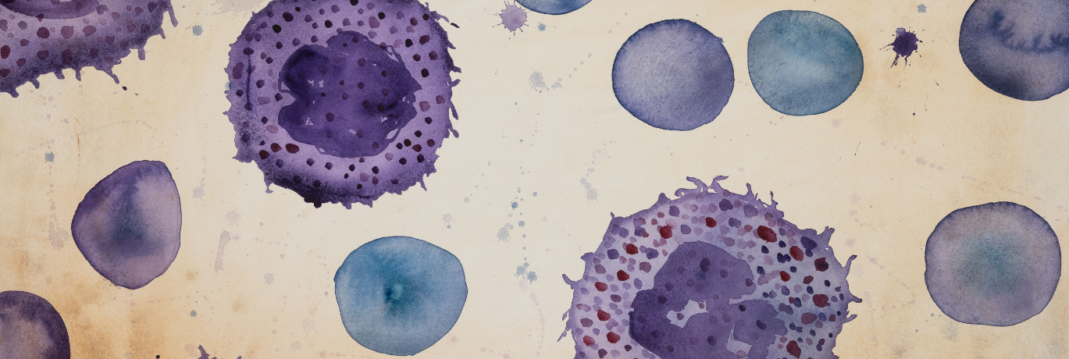The Different Binding Properties of Cultured Human Corneal Endothelial Cell Subpopulations to Descemet’s Membrane Components
Toda M., Ueno M., Yamada J., Hiraga A., Tanaka H., Schlötzer-Schrehardt U., Sotozono C., Kinoshita S., Hamuro J.Invest Ophthalmol Vis Sci. 2016
In culture, human corneal endothelial cell (cHCEC) tend to enter into cell-state transition (CST), such as epithelial-to-mesenchymal transition (EMT) or fibrosis, thus resulting in the production of different subpopulations. In this study, the authors examined the binding ability of cHCECs subpopulations to major Descemet’s membrane components that distribute to the endothelial face; that is, laminin-511, -411, Type-IV collagen, and proteoglycans. Each subpopulation was prepared by controlling the culture conditions or by using magnetic cell separation and then confirmed by staining with several cell-surface markers. Binding abilities of HCEC subpopulations were examined by adding the cells to culture plates immobilized with collagens, laminins, or proteoglycans, and then centrifuging the plates. The cHCECs showed the best attachment to laminin laminin-521 and -511. The cells showed a weaker binding to laminin-411, laminin-332, Type-IV collagen. The minimum concentrations necessary for the observed cell binding in this study were as follows: laminin-521 and -511, 3 ng/mL; laminin-411, 2.85 ug/mL; Type-IV collagen, 250 ng/mL. Cells suspended in Opti-MEM-I or Opeguard-MA were bound to laminin, yet no binding was observed in cells suspended in BSS-Plus. Both the fully differentiated, mature cHCEC subpopulations and the epithelial-to-mesenchymal– transitioned (EMT)-phenotype subpopulation were found to attach to laminin- or collagen-coated plates. Interestingly, the binding properties to laminins differed among those subpopulations. Although the level of cells adhered to the laminin-411–coated plate was the same among the cHCEC subpopulations, the fully differentiated, mature cHCEC subpopulations were significantly more tightly bound to laminin-511 than was the EMT-phenotype subpopulations. These findings suggest that the binding ability of cHCECs to major Descemet’s membrane components is distinct among cHCEC subpopulations and that Opti-MEM-I and Opeguard-MA are useful cell-suspension vehicles for cell-injection therapy. This research group focused on developing a novel medical approach, termed cell-injection therapy, for the treatment of patients with endothelial dysfunction.

Talk to our team for customized support
We are here to help you in your journey.